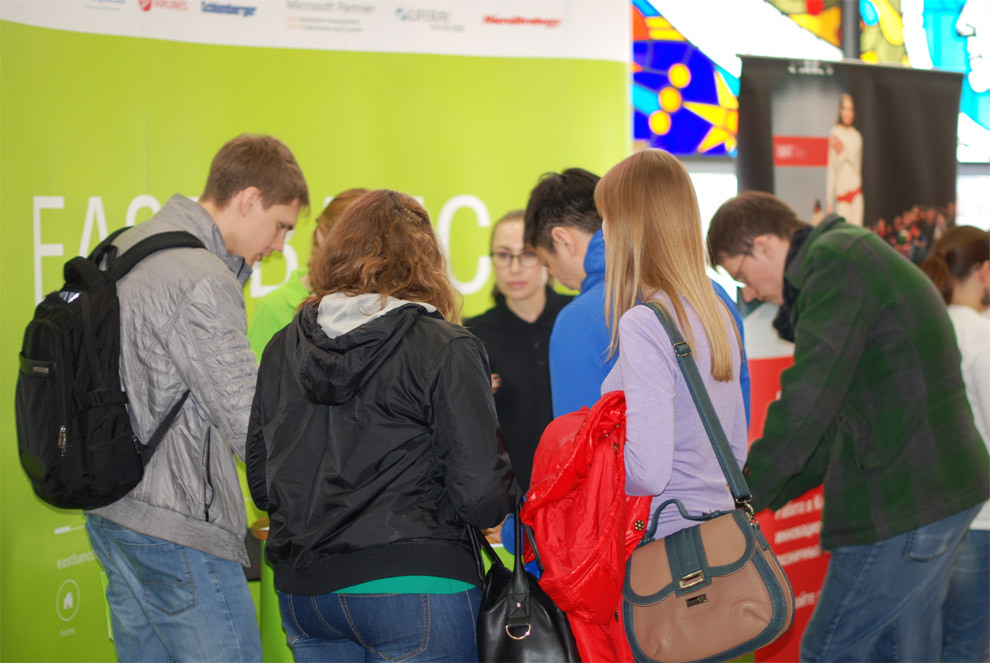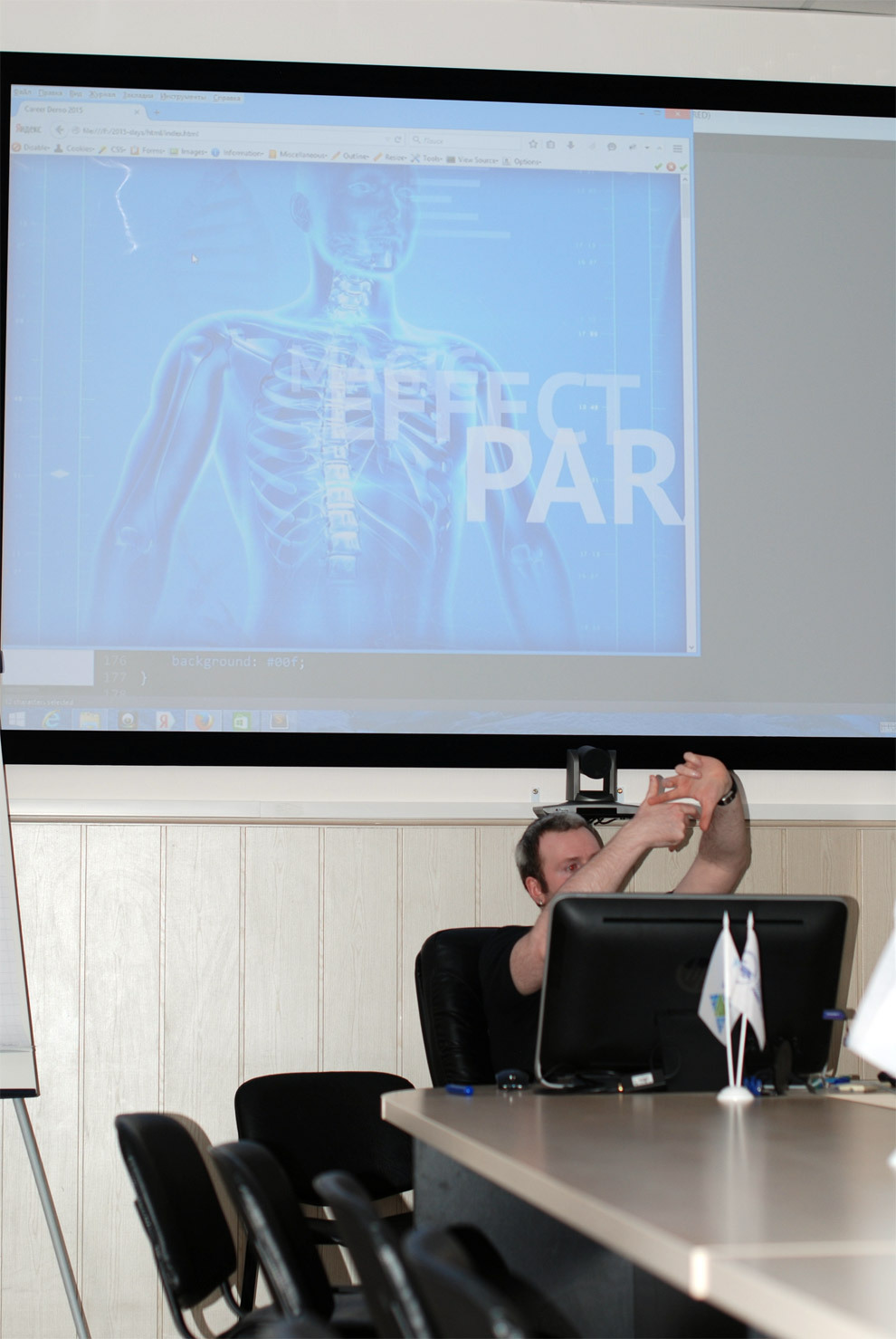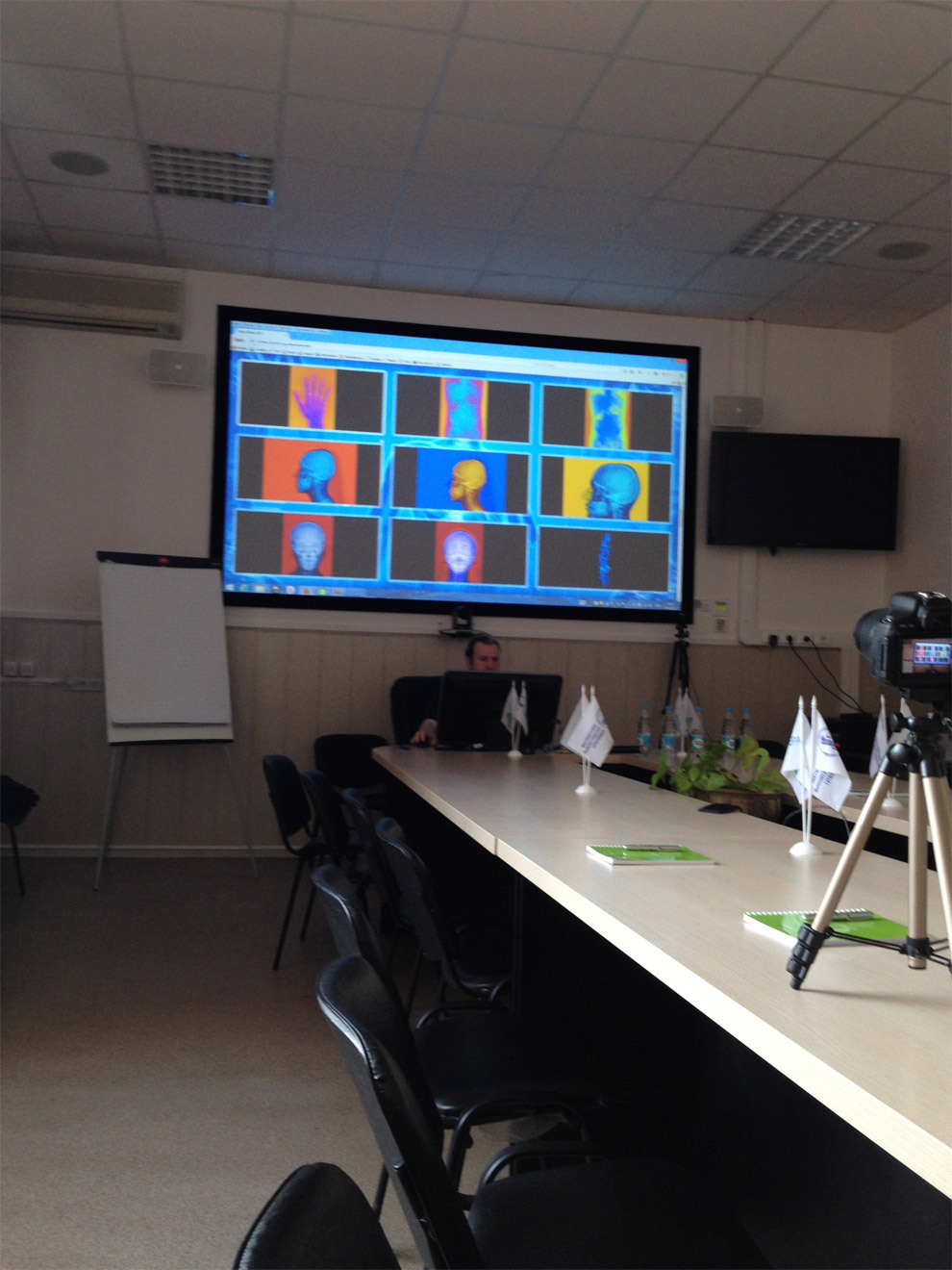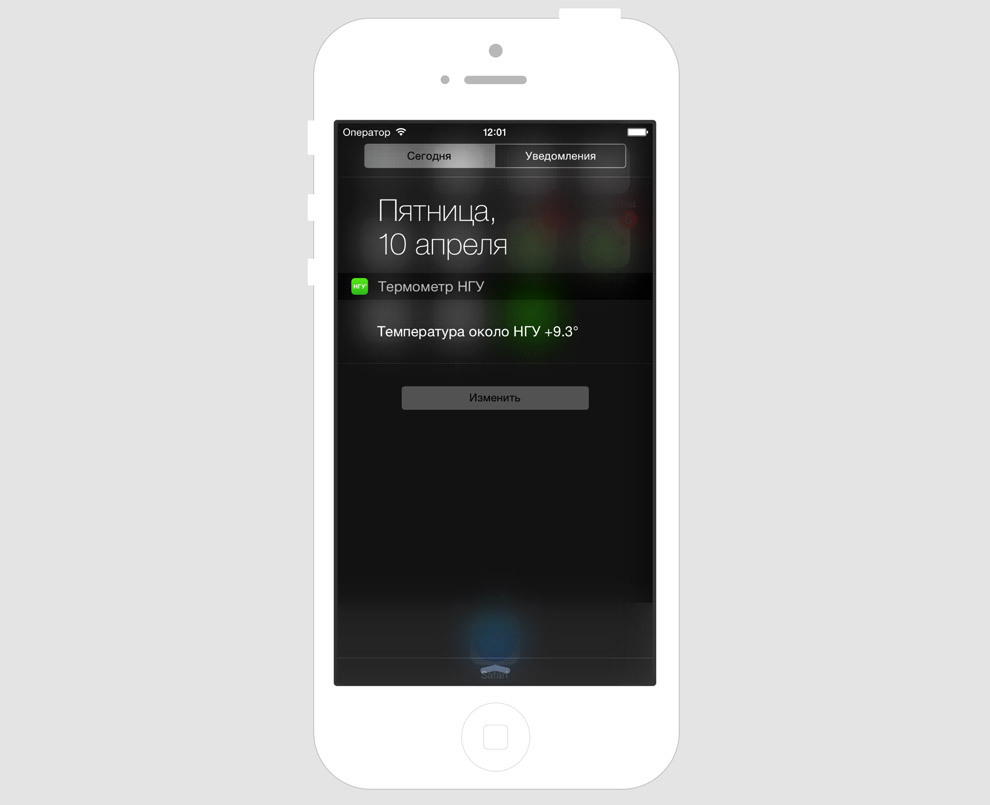EastBanc Technologies at NSU Career Days
Hello!
We liked to write about the life of our company. We hope you are also interested in reading about us and our events. This time we’ll talk about how we prepared and participated in the Career Days that took place at NSU on April 8, 9 and 10. What experience have gained and what have brought for themselves for the future.

Background
Students of the last courses of the university constantly come to our internship, some of them are already ready to enter adulthood, they have enough experience and competencies to enter the staff of the company. Our specialists at different times taught and now teach at specialized faculties (FIT, MM, FF NSU). Therefore, EastBanc Technologies communication with students is, in principle, constant and continuous. Including every year we participate in Career Days - an event that the University holds for its students in order to introduce them to the labor market, core companies and their activities and real projects.

Career days usually go something like this: an official presentation in the form of conferences and round tables, a poster session and master classes from companies.
This year, career days lasted 3 days.
On April 8, our HR specialist Anna Vedernikova met at a round table on the issues of interaction between NSU and employer companies with students. You can sit for a long time, which everyone took advantage of, and spent a good part of the day there.
On April 9, PR-manager Lena Yusupova and HR Anya Vedernikova represented the company at a poster session: in the hall of NSU there was our stand, a roll-up with vacancies, and we talked about our projects and the company's life, talked with students about their future professional activities, invited them to a master -classes of our experts on April 10th. During the day we talked with some incredible number of guys and girls from FIT, Mehmat, Fizfak, Econom.

Students
What about the students? They are all the same: dreaming, young, naive, someone inquisitive, someone indecisive. Basically, of course, inexperienced and poorly aware of what work and reality are. Even if these are the last courses, and there is at least some programming experience, then for what purpose and what project they wrote, what profits the end user received from this, they have no idea. In any case, they cannot tell clearly. Our task here is to tell, show how these processes work - from the very beginning of the project to its implementation and development. Why in general and for whom do we work, what do our products carry and how do they make business life easier, easier and more modern. And we talked. Of course, those who were interested.
Some of them came to us the next day for master classes.
Master classes
On April 10, two master classes were held for students, which we all prepared with love for more than one day. We met, invented all kinds of things, wrote scripts, picked up pictures, held rehearsals with employees as students. They laughed to tears, argued, teased each other, rewrote the script and changed our ideas. The result was so interesting that even our employees, speaking at the rehearsals in the meeting as students, learned a lot and got a ton of topics for professional discussions and debates. Well, that is, the preparation of such events is in itself an event worthy of existence!

Just say, fewer people came than we would like. Straight much less. What it is connected with is not clear. Either this is a normal attendance for the events of the Career Days, or it was just spring and Friday evening, but these factors turned out to be stronger than an inquisitive student. We had 2 students in the first workshop, and 8. in the second. actively participated in what was happening, answered questions and riddles, shared their experiences and asked, asked, asked. It was interesting. After the master classes (and this is the eighth hour of Friday evening, it should be noted) our experts were literally clamped in the corner and interrogated about how it is to work and do real cool things.

As a result, students were rewarded not only with answers to the most tricky and witty and unexpected questions, but also with cool souvenirs - polos and sweatshirts with our symbols.

Vadim Efanov’s master class “Ways to achieve maximum adaptability of a web application interface”.
Vadim demonstrated an example of an adaptive web-interface, showed its capabilities and told how to achieve the Parallax effect. On our Vkontakte page, we promised to post materials for this master class. Follow the news.

At the master class, practical techniques for building an interface with adaptive design were demonstrated.

Here are some of the techniques described:
Embedding the application interface in the size of a single screen.
The use of third-party libraries in the project.
Building a horizontal base layout (in the form of a slide show).
The correct connection of fonts to the site and their use in the code.
Ways to control font size.
Parallax effect.
Manage your layout using media queries.
Change the properties of markup blocks using CSS.
Adaptive image behavior.
Adaptive block height and vertical alignment.
Master class by Alexei Bromot, Vadim Chesnokov and Olga Vorona "Recipe for a real application on a smartphone: getting started."
The guys wrote right before the amazement of the public and sent for review to the appstore a mobile application for iPhone, which shows the weather near the NSU. Who would have thought: such an application has not yet been! What the hell is not joking, maybe it will even pass a review, and we will place it in appstore on an ongoing basis.


What did they do? Implemented native tools the simplest client-server application that sends one request to the server. The answer is parsed and displayed. Work with the server is wrapped in a separate class. The temperature in addition to the main screen of the application is displayed in the Today Extension widget.
Service code for sending a request:
- (void)updateWeather: (void (^)(NSString *weather, NSError *error))completion {
NSURL *url = [NSURL URLWithString:@"http://weather.nsu.ru/weather_brief.xml"];
[[[NSURLSession sharedSession] dataTaskWithURL:url completionHandler:^(NSData *data, NSURLResponse *response, NSError *error) {
dispatch_async(dispatch_get_main_queue(), ^{
if (!error) {
NSString *resultString = [[NSString alloc] initWithData:data encoding:NSUTF8StringEncoding];
if (completion) {
completion([self parseCurrentTemperature:resultString], nil);
}
} else {
if (completion) {
completion(nil, error);
}
}
});
}] resume];
}
- (NSString *)parseCurrentTemperature: (NSString *)sourceString {
NSRegularExpression *regex = [NSRegularExpression regularExpressionWithPattern:@"(.*)<\\/current>" options:0 error:NULL];
NSTextCheckingResult *result = [regex firstMatchInString:sourceString options:0 range:NSMakeRange(0, [sourceString length])];
NSString *weatherSubstring = [sourceString substringWithRange:[result rangeAtIndex:1]];
float floatValue = roundf(weatherSubstring.floatValue * 10.0) / 10.0;
NSString *sign = @"";
if (floatValue > 0) {
sign = @"+";
} else if (floatValue < 0) {
sign = @"-";
}
NSString *resultString = [NSString stringWithFormat:@"%@%.1f°", sign, fabsf(floatValue)];
return resultString;
}
We had a little time left, which we decided not to lose, but to collect and show ... another interesting application (it was a homework). The fact is that we have a project that uses a phone camera to photograph and recognize small objects. This is an interesting application, but from it we took only part of the algorithm and adapted it to recognize what is almost always at hand - coins! Our algorithm is implemented using OpenCV. Some of its stages do image conversion to obtain a contrasting picture, further steps of the algorithm vectorize the resulting contours and determine the closed boundaries of the objects. As a result, in our memory we have the contours of a circle, and in the image circles are filled with color. Yes, and photographs are taken in a special drawing. The reference picture is a practically inverted substrate with QR markers with precisely known distances between them. This is necessary to estimate the base pixel size. All that remains is to compare the sizes of coins from the cbr.ru website with the sizes of the contours obtained during processing, and voila, here it is a beautiful result.

Demonstration of the application itself - in photos. By the way, if photo processing did not work (this rarely happened), then the application gave out a sad cat.

That's about the same to us and the students were sad when the master class ended.
Eventually
In general, what do you want to say? “A student is no longer a tooot, nowadays it was uuuu ooo” - this is an illusion. There have always been and are inquisitive and inquiring minds who will find, get to the bottom of the matter, offer their own solutions and trample the older generation with its outdated methods and approaches. We focus on such. And what’s most interesting, only such people are guided by us, because it’s interesting for us to work only for those guys who are determined to grow and develop, do not do what they did yesterday, but do what they will do tomorrow. A good motto has turned out.
